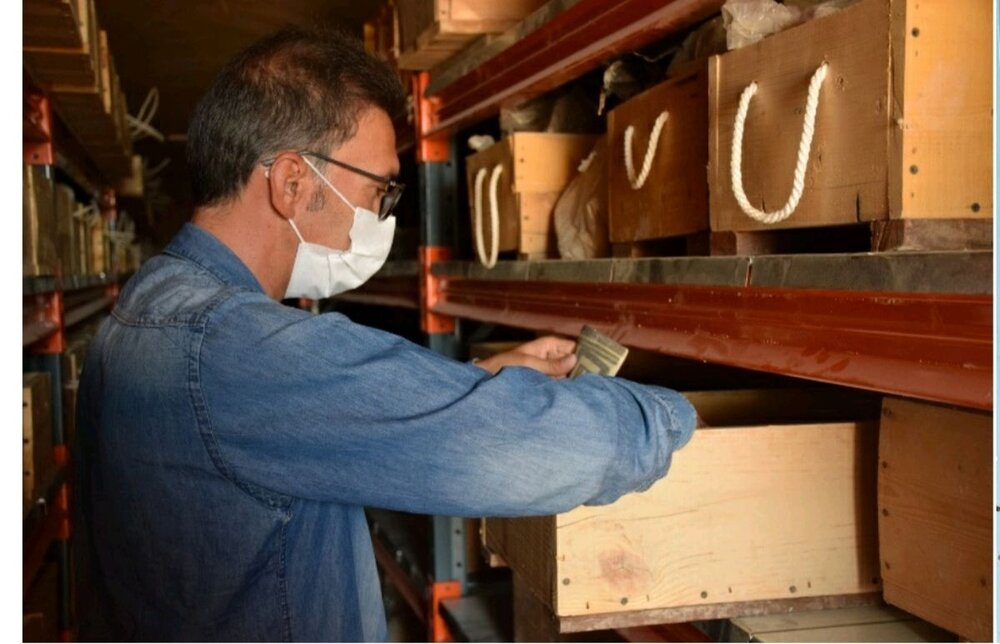Persepolis launches catalog of ancient potteries

TEHRAN – Persepolis has developed a catalog of ancient potteries and fragments dedicating to earthenware discovered in the UNESCO site and the surrounding Marvdasht plain in Fars province.
Persepolis has long sought to establish a database for the physical and archival organization of historical pottery, the director of the World Heritage site has announced.
This data bank is a collection of historical and valuable pottery pieces collected since the 1940s from archaeological studies and excavations in the region, Hamid Fadai said on Saturday.
Through the study and classification of these pieces, the history of the civilization of the region during different historical periods can be traced to the present, the official added.
Documenting these potteries provides a special database and its data will be accessible to the experts, while the relevant information on the potteries can also be used for classification, organization, and optimization of storage conditions of them, he noted.
The royal city of Persepolis ranks among the archaeological sites which have no equivalent, considering its unique architecture, urban planning, construction technology, and art.
Persepolis, also known as Takht-e Jamshid, whose magnificent ruins rest at the foot of Kuh-e Rahmat (Mountain of Mercy) is situated 60 kilometers northeast of the city of Shiraz in Fars province.
The city was burnt by Alexander the Great in 330 BC apparently as revenge to the Persians because it seems the Persian King Xerxes had burnt the Greek City of Athens around 150 years earlier.
The city’s immense terrace was begun about 518 BC by Darius the Great, the Achaemenid Empire’s king. On this terrace, successive kings erected a series of architecturally stunning palatial buildings, among them the massive Apadana palace and the Throne Hall (“Hundred-Column Hall”).
This 13-ha ensemble of majestic approaches, monumental stairways, throne rooms (Apadana), reception rooms, and dependencies is classified among the world’s greatest archaeological sites.
Persepolis was the seat of the government of the Achaemenid Empire, though it was designed primarily to be a showplace and spectacular center for the receptions and festivals of the kings and their empire.
ABU/AFM
Leave a Comment